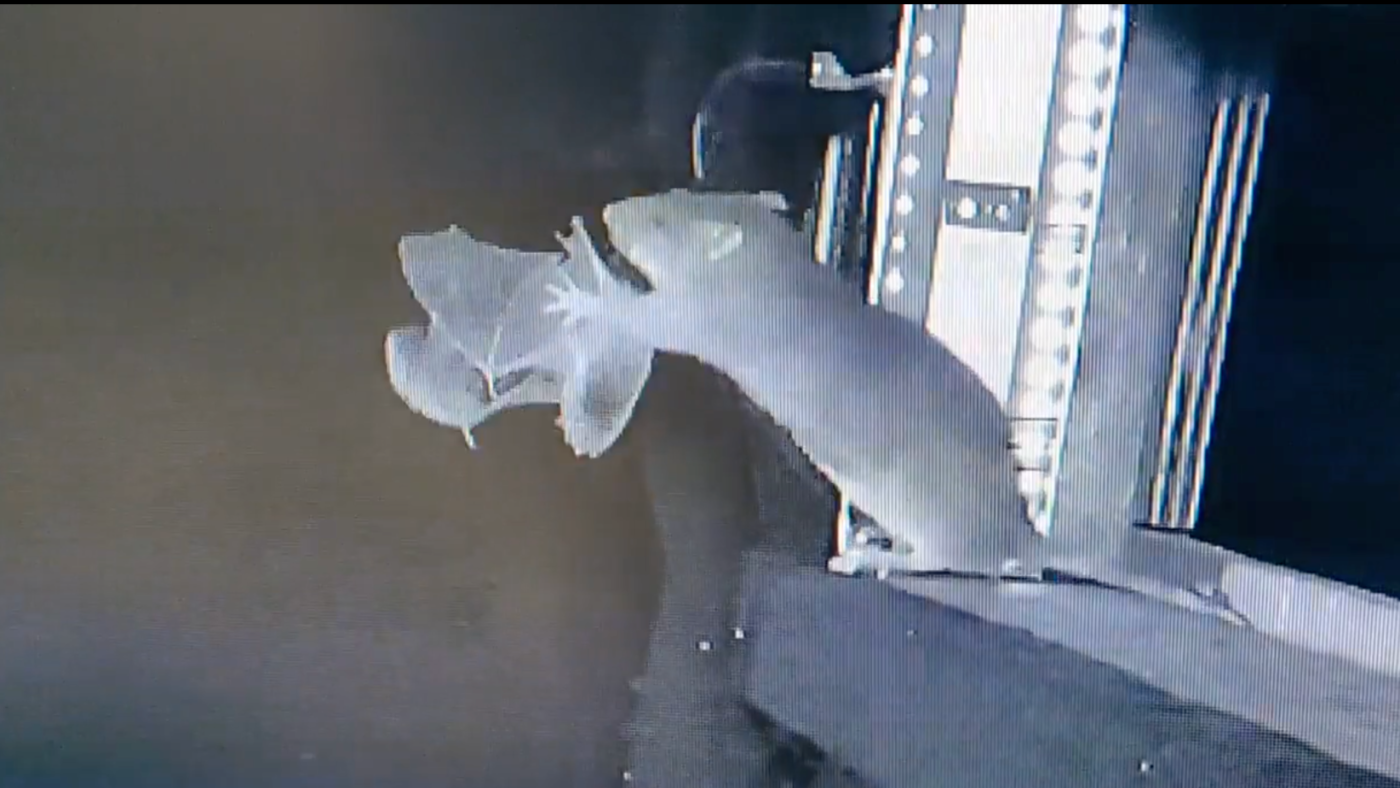URGENT UPDATE: Researchers have confirmed a startling find: rats are preying on bats, potentially posing new health risks in urban areas. A groundbreaking study conducted in northern Germany reveals alarming behavior as rats attack bats, raising concerns about viral transmission amid increasing urbanization.
In a shocking video captured using an infrared camera in the cave near Bad Segeberg, scientists from the Museum of Natural History observed rats not only attacking grounded bats but also snatching them mid-air. Co-author Mirjam Knörnschild stated, “We thought, oh well, that’s an unlucky coincidence,” but repeated occurrences suggest this is a growing trend.
This alarming behavior was further confirmed at a separate cave in Lüneburg, where researchers discovered a cache of bitten and partially eaten dead bats. Knörnschild explained that urbanization encroaching upon bat habitats is likely forcing rats into these environments. “Cities breed rats,” she noted, highlighting the connection between urban development and wildlife threats.
Experts warn of the implications. Raina Plowright, an infectious disease ecologist at Cornell University, emphasized that rats could serve as a bridging host for viruses shared between bats and humans. “As we degrade habitats, we bring rats with us, and we’re potentially exposing ourselves to the next pandemic pathogen,” she stated.
Despite the concerning findings, Plowright reassured that there is no immediate threat from this study. “If there was a pandemic-potential pathogen in those bats, we probably would have seen it already,” she said. However, the situation demands urgent attention as bat populations face increasing pressures from human activities, including habitat destruction and pollution.
Bats play a vital role in ecosystems, aiding in insect control, seed dispersal, and pollination. Their declining numbers could have serious consequences for biodiversity and agriculture. “Those services are disappearing because their habitats are disappearing,” Plowright warned.
In response to these findings, Knörnschild’s team is collaborating with the Umweltbundesamt, a federal environmental agency in Germany, to explore humane methods to reduce invasive rat populations around bat hibernation sites. “We want this research to ideally translate into conservation action,” she said.
This developing story highlights the intricate relationship between urbanization and wildlife health. As researchers continue to investigate the implications of these findings, the need for conservation measures becomes increasingly urgent. Stay tuned for updates on this critical issue impacting both bat populations and potential human health risks.







































































